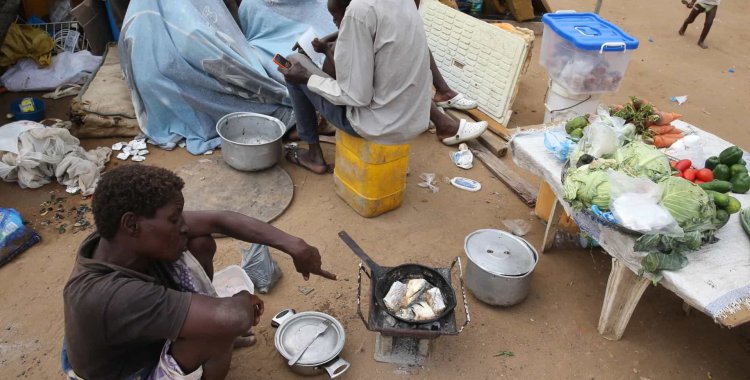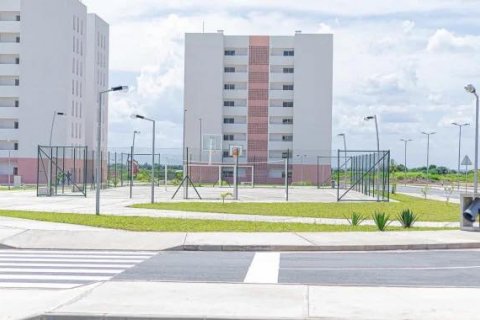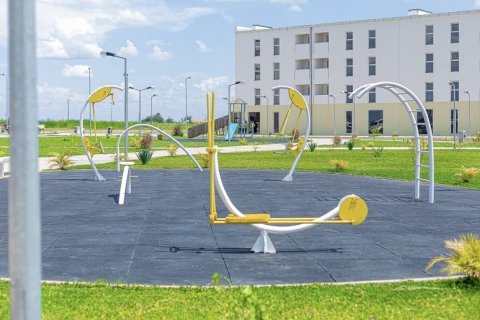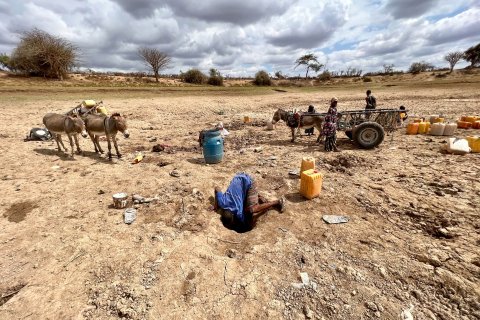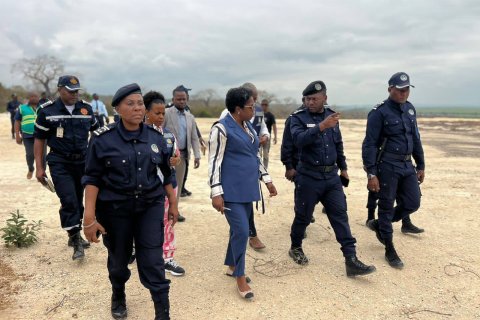According to the report, published annually by the Food and Agriculture Organization of the United Nations (FAO), the World Food Program (WFP) and the European Union, last year 193 million people in 53 countries were in a situation of acute food insecurity, meaning they needed urgent assistance to survive.
The classification encompasses levels between 3 and 5 on the international food security scale: crisis, emergency and disaster.
In Angola, the authors of the report analyzed 17 rural municipalities in three provinces in the southwest of the country, Namibia, Huíla and Cunene, where 9 percent of the population of 32.1 million lives.
In these municipalities, the researchers estimate that 1.59 million people – or 58 percent of the population analyzed – were in a situation of food crisis or emergency (levels 3 and 4) between October 2021 and March 2022, of which 420 thousand of which in the most serious condition.
In four of the municipalities studied – Cahama (Cunene), Gambos (Huíla), Camucuio (Namibe) and Virei (Namibe) – at least 75 percent of the population was in a food crisis situation or worse.
The numbers worsened between 2020 and 2021, when the worst drought in 40 years and a locust plague reduced post-harvest food availability to one to three months in some of the counties.
The number of people in crisis or worse increased from 1.3 million (49 percent of the population analyzed) in the June–September 2021 harvest season to 1.6 million in the October–March 2022 harvest.
According to the report, the three southwestern provinces of Angola face a crisis of low birth weight in children: 114,000 children under the age of 5 were underweight, 37,000 of them severely.
The report's authors attribute the crisis to two consecutive years of reduced harvests following a drought that WFP considers the worst in the region in 40 years.
Cumulative amounts of seasonal rainfall in Namibe, Cunene, Huíla and Cuanza Sul provinces were 60 to 80 times below average, according to FAO, and the recurring effects of drought reduced agricultural and livestock production and contributed to rising food prices.
The situation was exacerbated by a locust plague that damaged crops in Cuanhama, Namacunde, Ombandja and Curoca (Cunene), Virei and Moçâmedes (Namibe) and Humpata (Huila), the researchers write.
For 2022, the outlook indicates a high probability of unfavorable rains, increasing the probability of a third consecutive reduced harvest.
As there is also an indication of low seed availability, the area sown with cereals in 2022 should be reduced, which should further compromise production prospects, according to FAO.
The authors also warn that economic shocks, including Covid-19, have caused five consecutive years of economic recession, which has seriously affected households' income-generating opportunities.

